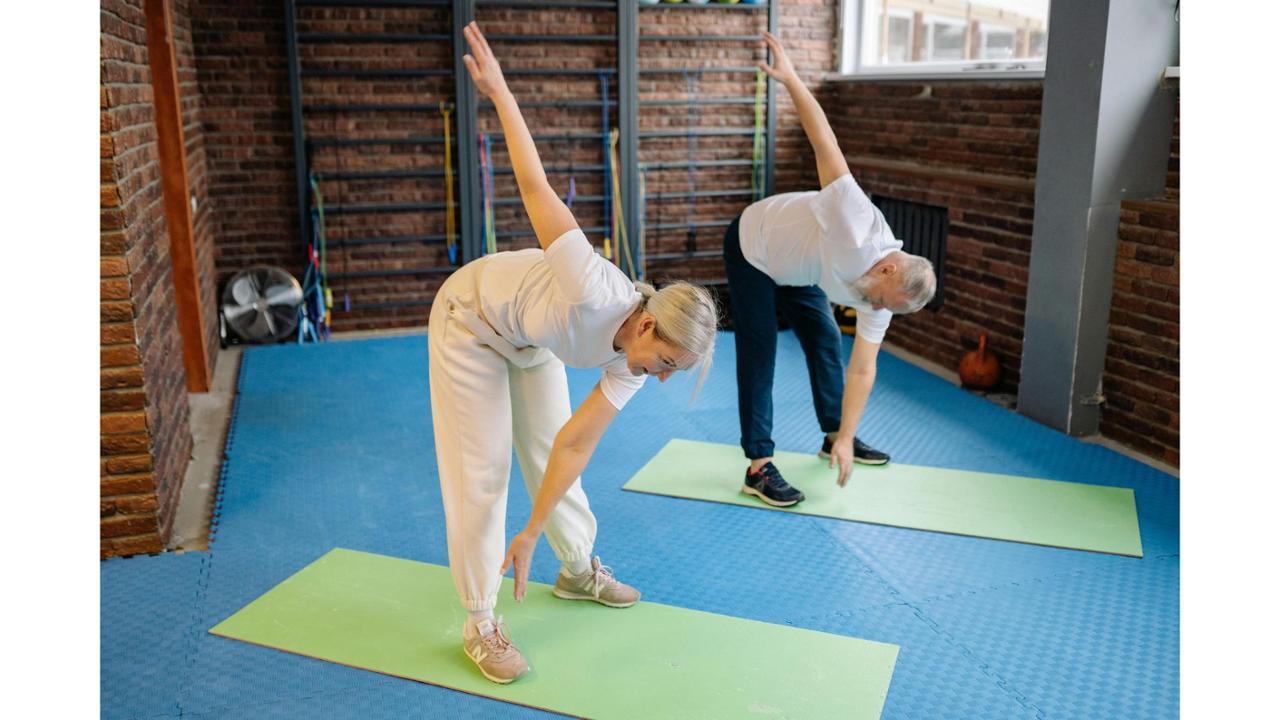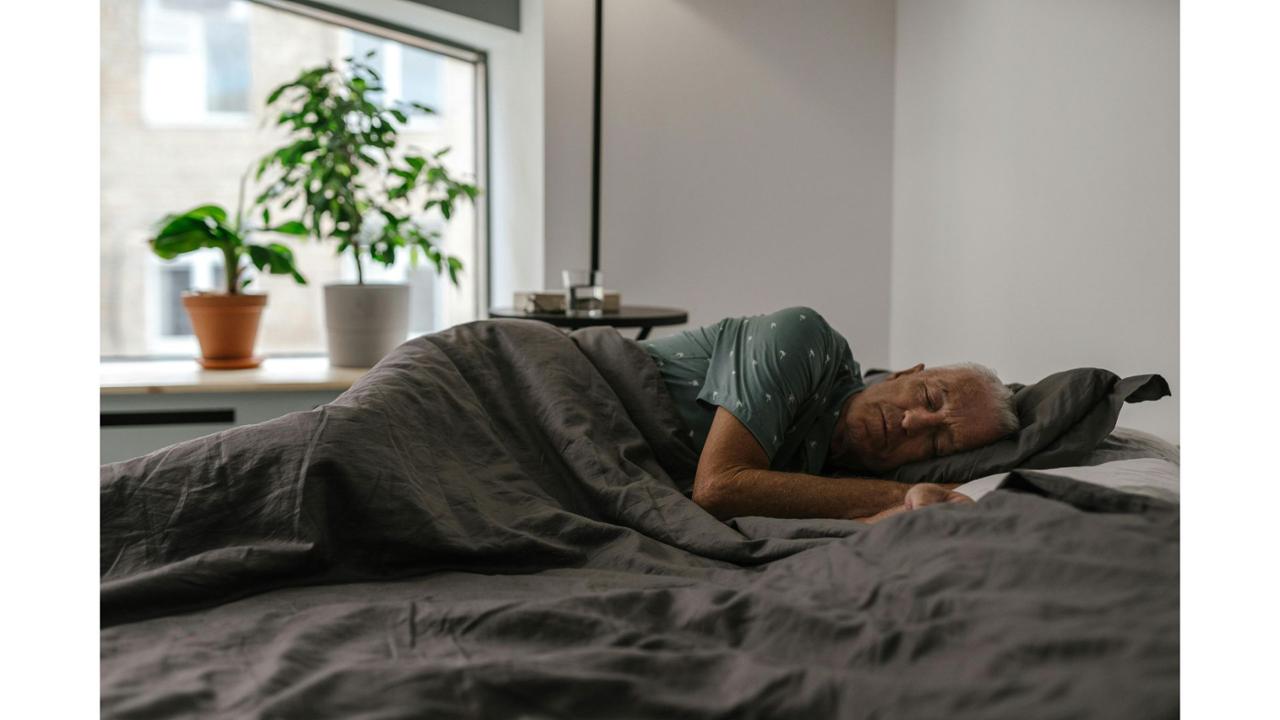Physical activity reduces mortality associated with poor sleep patterns in older adults, UAM study shows

In the paper entitled “Associations between night-time sleep, daytime naps and physical activity with all-cause mortality in older adults”, the researchers underline that both less than 7 hours and more than 8 hours of sleep during the night are associated with an increased risk of mortality. A similar effect was detected in those who took more than 60 minutes of naps. However, these associations were only observed in people who did not comply with physical activity recommendations.
The World Health Organization recommends that older adults get at least 150 minutes of moderate physical activity, 75 minutes of vigorous physical activity, or an equivalent combination each week. In those participants who achieved these levels, no association was identified between hours of sleep or duration of naps and the risk of death.
The most important finding of our study is that regular physical activity can counteract or even eliminate the adverse effects of insufficient or excessive night-time sleep and prolonged napping on mortality. Thus, an adequate level of physical activity may reduce or neutralise these risks associated with unhealthy sleep patterns”, explains Miguel Angelo Duarte Junior, first author of the study.
In a context where sedentary lifestyles are a growing problem among older adults, this study reinforces the need to integrate physical activity into daily life to protect health, even in those with suboptimal sleep patterns.
A key strategy for healthy ageing
The study's results underline the importance of adopting an active lifestyle as a key factor for healthy ageing. In a society with an increasingly ageing population, understanding how sleep and physical activity affect longevity is crucial. This study not only highlights the relevance of balancing both factors but suggests that encouraging physical activity could be an effective strategy to reduce the detrimental effects of irregular sleep patterns.
The findings of this research could be applied in public health programmes that promote physical activity as a measure to mitigate the risks associated with dysregulated sleep in older people. In addition, the study provides a basis for health professionals to develop specific interventions that combine sleep and physical activity recommendations tailored to the needs of older adults", says Duarte Junior.
This work adds to a growing body of scientific evidence highlighting the importance of an active lifestyle for health in old age.

In older adults, sleep tends to be more fragmented and naps more common, which has led to research into how these patterns affect health. Although previous studies have linked night-time sleep duration to mortality risk, this is one of the first to consider the role of physical activity in this relationship.
Robust data to promote active ageing
The study is based on data from two large Spanish cohorts, Seniors-ENRICA 1 and Seniors-ENRICA 2, which include more than 6,000 people over 60 years of age. Information was obtained through telephone interviews and home visits in which physical examinations were performed and biological samples were collected. To assess the duration of night-time sleep and daily naps, participants were asked how many hours they usually slept at night and during the day (siesta) on a regular basis. Physical activity was measured using a validated questionnaire assessing weekly time spent walking, cycling, housework, sports and other activities.
The results are particularly relevant, as they suggest that physical activity can mitigate the negative effects of too much or too little sleep. They also provide a new perspective on naps: while short naps may be beneficial, long naps are associated with an increased risk of mortality in physically inactive people.
Promoting physical activity, together with good sleep habits, should be a central objective in health policies aimed at older people, as staying physically active is crucial to neutralise the detrimental effects of irregular sleep. The study thus opens the door to future work exploring in more detail the interactions between sleep, physical activity and other lifestyle factors, and their impact on longevity.
Other Highlights this month:
UofG-lead research team tracks new ways to tackle tuberculosis transmission in Africa
